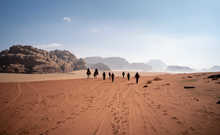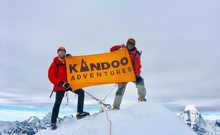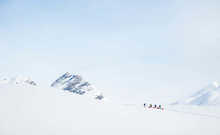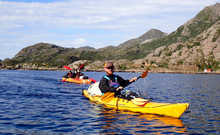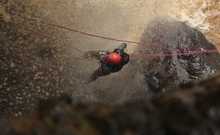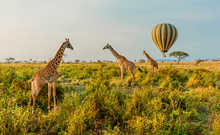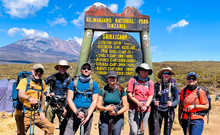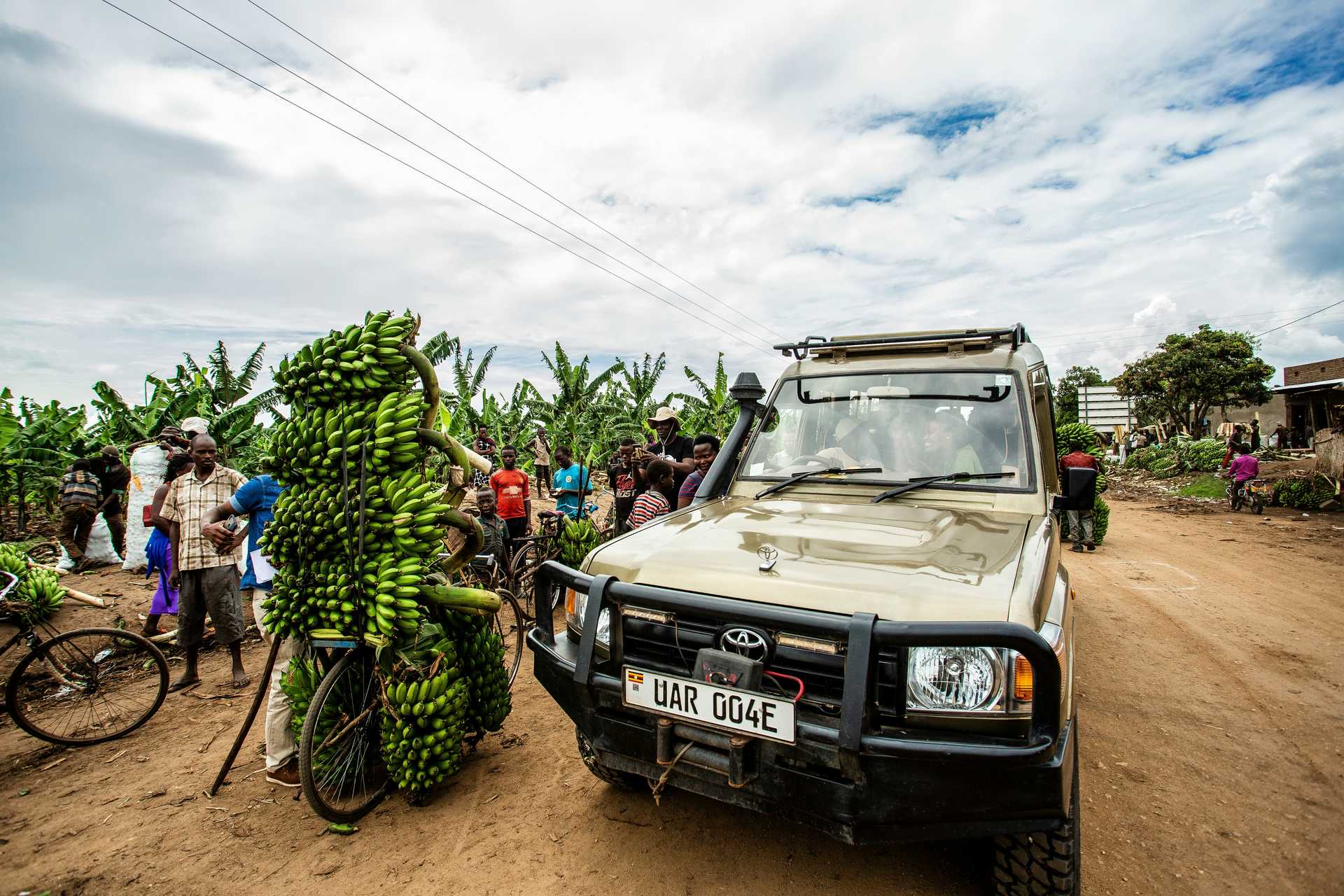Hands up who wants to travel safely?
Last month, we published a blog about the perks of solo travel, which had a section about how to stay safe as a solo traveller. This got us thinking - here was a whole subject in itself - safe travelling - whether travelling solo or not! So here you have it - an entire article covering as many aspects about travelling safely as we could squeeze in! And let’s face it - who doesn’t want to feel safe when travelling? We’ve arranged all our travel safety tips into handy sections of consideration in case there’s a particular type of safe travel advice you’re keen to know more about.
- Transport
- how to travel safely in your destination country
- Protecting
your health while travelling
- How
to keep money safe while travelling
- Personal
safety while travelling
- Staying
safe with food and drink while travelling
- Protecting
your safety with cultural awareness when travelling
- Travel
safety tips before you leave
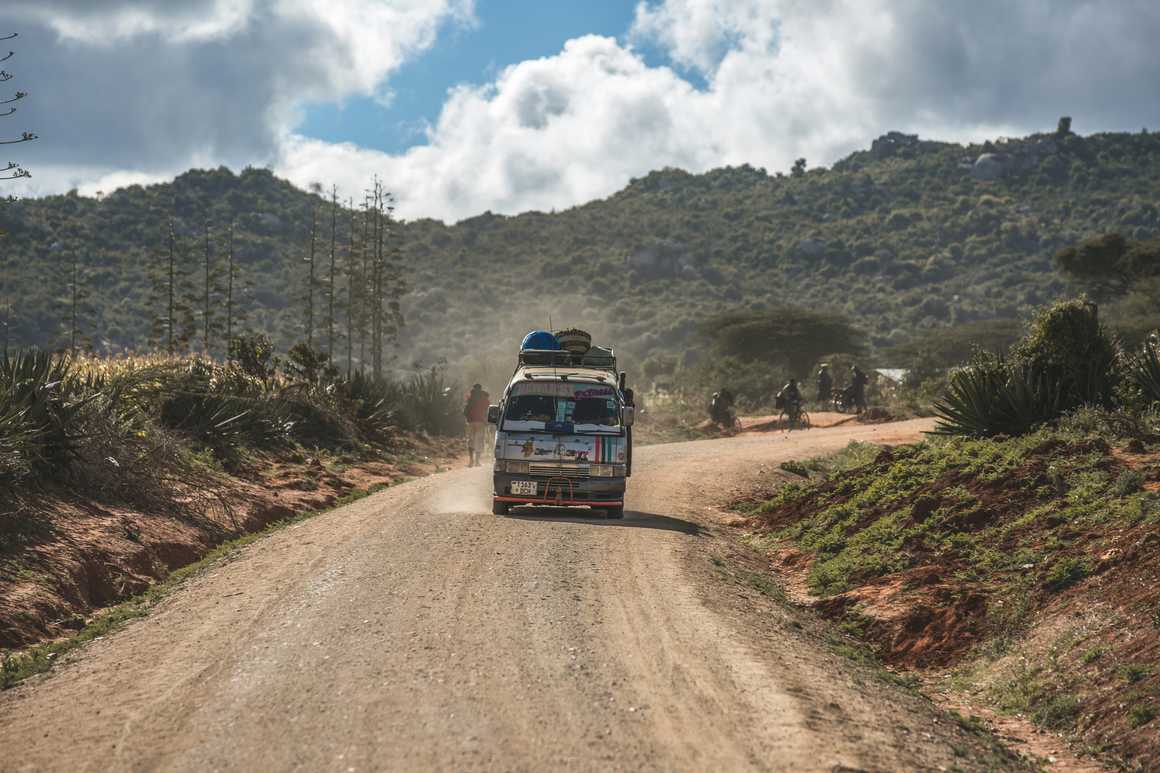
Transport - how to travel safely in your destination country
Some of you might only be visiting one place, while others might have an itinerary of countries they are sojourning in. Once you arrive at your destination, understanding how to get about safely will help you on your way - quite literally. Do a bit of research before setting off, about each of your destinations and make some notes for yourself so that you’re not left guessing once you arrive.
Booking safe transport
If you plan on taking a trip somewhere, find reputable companies to book with. Lots of people share information on websites like Tripadvisor and Reddit, so read about what other travellers recommend and either pre-book or find these companies when you arrive at your destination. It’s easy to think you can sort these things out upon arrival, and for seasoned travellers, that might come more naturally, but if you’re new somewhere, just finding your feet can be enough to begin with.
Safest mode of transport
Each country has its peculiarities, and safe transport is no exception. In some places, travelling by bus might be the safest, fastest and most reliable way to travel. In other cases, a taxi might be your only option. Again, here, research is your best friend, and whilst you may travel with a smartphone or tech that allows you to research on the go, you should plan ahead in case anything happens to these items when you arrive, such as no service, or something breaking. Knowing the safest and most reliable way to get about, BEFORE you get to a place, leads to more confident decision making.
Safe motorbike and car hire
Hiring a car or motorbike abroad offers freedom and adventure, but safety comes first. Always book through reputable, licensed companies and ensure you're properly insured. Confirm what the insurance covers and inspect the vehicle for existing damage before driving. Ask for documentation and take photos if needed. Familiarise yourself with local driving laws and road rules to stay safe and avoid fines or legal trouble. A little preparation goes a long way in ensuring a safe journey.
Transport scams
Look into common transport scams—there are quite a few out there! These can include taxi drivers claiming their meter is broken or scammers posing as reps pressuring you to pay a deposit for a “can’t-miss” tour. While most people you meet while travelling are genuine, it’s important to stay alert—unfortunately, some individuals do target tourists, especially when it comes to transport and travel bookings. Being informed helps you avoid falling for these tricks and protects your travel experience.
Hitchhiking while travelling
You might ask: is hitchhiking illegal? Well, hitchhiking is a legal, culturally acceptable and budget-friendly way to travel in some countries, but safety varies greatly depending on the location. Research local norms and risks before deciding. Trust your instincts, avoid hitchhiking alone, and let someone know your plans. If you do choose to hitchhike, choose safe pick-up spots and avoid getting into vehicles that appear unsafe or unstable. When in doubt, opt for safer transport options.
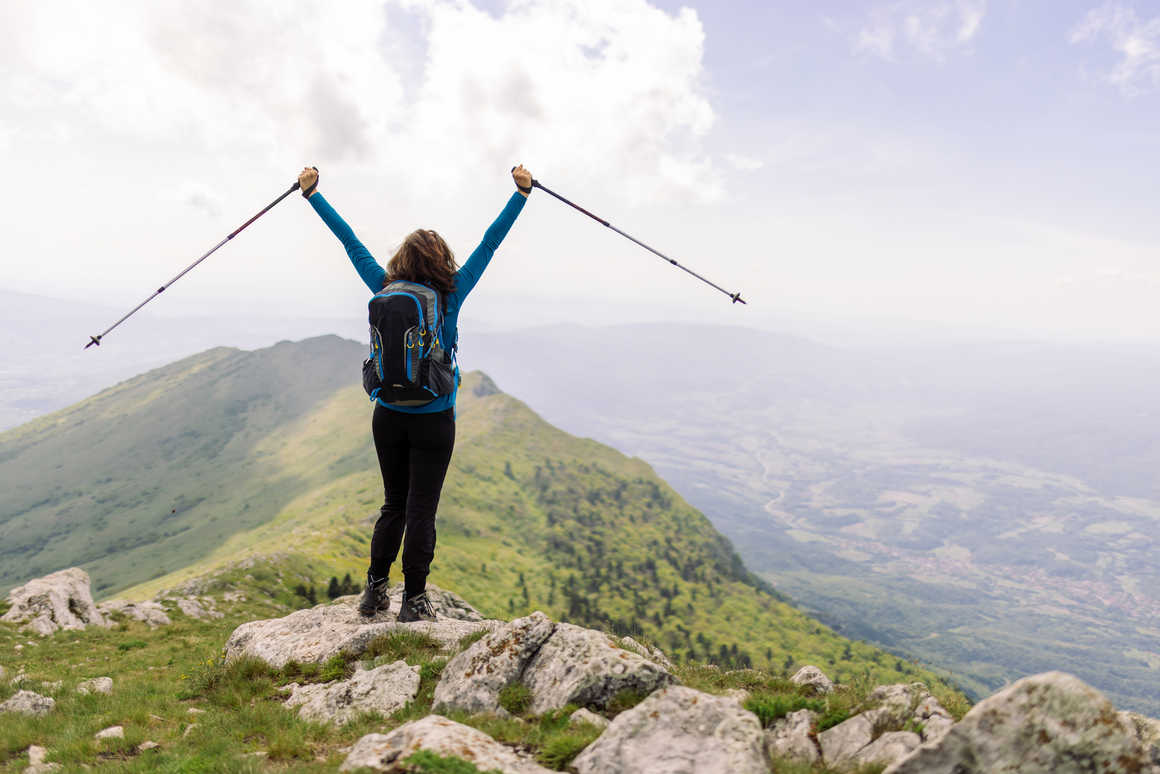
Protecting your health while travelling
It’s easy to get a bit fastidious when it comes to protecting your health when travelling. Especially if your plans include some sort of adventure travel. We’ve spoken to enough people who have taken trips with us to understand nerves around staying safe and looking after their health, particularly when climbing a challenging peak such as Kilimanjaro or Mount Toubkal. In reality, as long as you’re fit for travel, take precautionary measures and check the travel guidelines for your destination(s), it’s easy to stay well while travelling. Here’s our top travel health tips to get you started.
Travel immunisations
Each country has its guidelines on travel vaccinations or immunisations. You can check these on official government websites for travelling requirements. Some immunisations are mandatory, and some are advised or voluntary. Do your research before booking any of your travel to ensure you feel comfortable with anything mandatory. Lots of people find it helpful to visit a travel clinic before they embark on their trip to get advice and guidance.
First aid and hygiene kit
It’s good common sense to take a simple first aid kit if you plan to go anywhere off the beaten track or for an extended duration. A simple Google search will give you some idea of the best items to pop into a basic first aid kit. Think about including some hygiene basics too, such as hand sanitiser, antibacterial wipes and tissues. A special mention needs to go to anyone who takes regular prescription medicines. It’s a great idea to keep a list of allergies & medical conditions, as well as your medicines in their original packaging, in case of emergencies.
Local services and latest health updates
More research alert…before you travel, know where the local healthcare services are in your destination - the nearest hospital, clinic, or pharmacy, for example. Check online for places safe to travel, and any health advisories or disease outbreaks through official government sources. A simple online search of ‘is it safe to travel?’ and your destination should give you plenty of information. Staying informed ensures you will feel more prepared.
Mental and sexual health
Perhaps not as obvious a consideration as physical health, but equally important, looking after your mental health while travelling means you will feel more resilient for the duration of your journey. This could mean taking breaks and getting plenty of rest. Travelling to and navigating new places can be exhausting. Stay connected with friends/family if you feel isolated, and be aware of signs of travel burnout or culture shock, which can leave you feeling depleted or low.
Prioritise your sexual health while travelling by carrying protection and staying informed about local health risks. Some people find peace of mind in getting tested before and after their trip. Engage in clear communication, and if this isn’t possible, it’s best to leave the situation. Make safe, responsible choices and always, always respect consent.
Extreme weather
Needless to say, lots of places you adventurous lot will be visiting might have extreme weather. In hot climates, stay hydrated, use a high SPF, wear loose clothing, and avoid midday sun. In cold environments, layer up, protect extremities, and watch for signs of hypothermia. Always check weather forecasts and plan your activities accordingly. Research for any specialist clothing requirements and don’t get caught out!
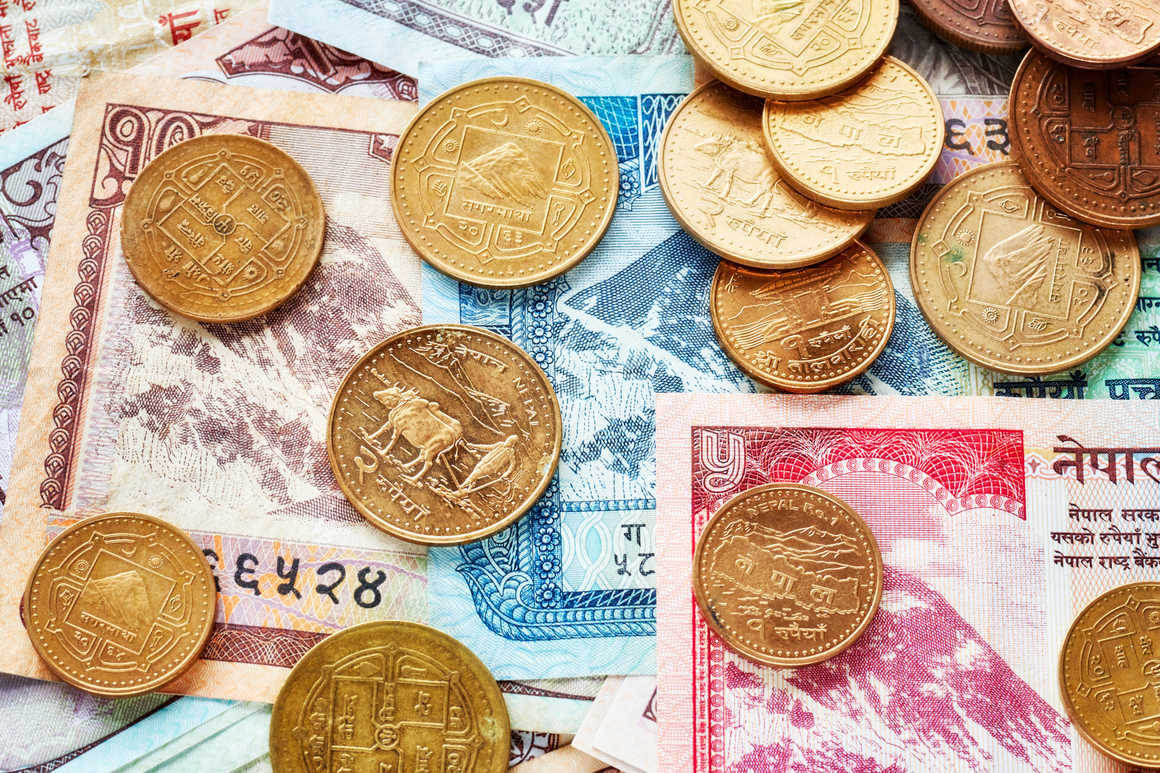
How to keep money safe while travelling
Money travel tips aren’t just about how to be thrifty and get the most bang for your buck. Keeping it safe should be your priority, and nothing will help you more than having your wits about you and following some basic money safety advice for travellers.
How to withdraw and carry cash safely
Using some good old common sense pays off here. Use ATMs in secure, well-lit areas like banks, malls, and shopping centres. Withdraw cash during the day and don’t flash it around. Splitting your money between pockets or travel companions is a savvy move, and only carrying what you’ll need for the day reduces the risk of losing large amounts. Using a decoy wallet sounds overcautious, but it could keep your travel money safe in the unfortunate event of being robbed.
For more information about Peruvian currency or Nepali currency, read our related blogs.
Useful safe travel accessories
If it makes you feel safer, you can invest in anti theft bags with lockable zips, slash proof straps, and hidden compartments. Carabiner clips can secure zippers where needed, and it’s better to wear bags across your body, not over one shoulder. Shop for RFID-blocking wallets which can protect your cards from digital theft. These simple items are the best way to travel with cash and can deter opportunistic pickpockets by keeping your belongings secure.
Credit/Debit cards
Let your bank know you’re travelling to avoid blocks on any cards you’re planning to use while travelling. It’s best to take more than one card and keep them in separate places, and where possible, use contactless or chip readers as this uses encryption that helps protect your card info from theft or skimming devices. Always use a private or secure Wi-Fi service when checking your account, but monitor your statements regularly for any suspicious activity or transactions.
Jewellery and high-value items
Leave expensive jewellery and irreplaceable items at home. If you must bring valuables, wear them discreetly or store them securely in your accommodation. The same goes for expensive tech items. You can do your research about unfamiliar or high-theft areas, but common sense should tell you never to leave valuables unattended - even briefly - in public spaces. Less is most definitely more when travelling.
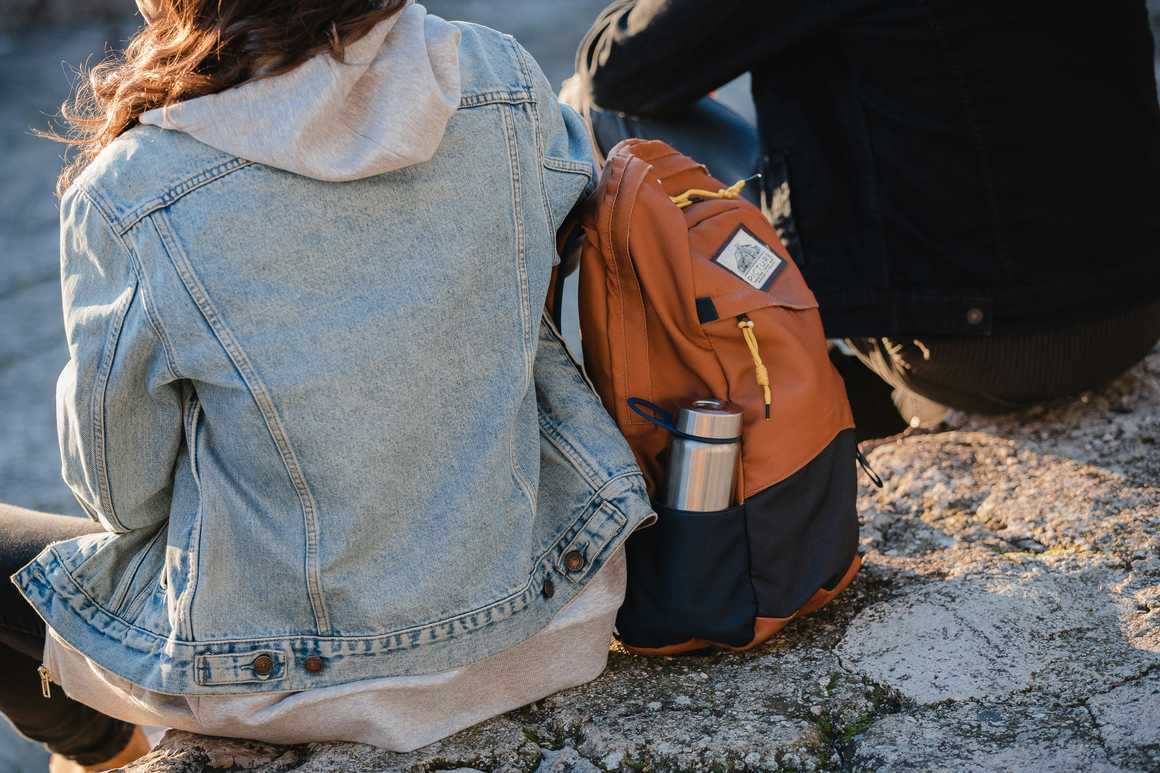
Personal safety while travelling
Aside from the more definable health and safety topics, being a safe traveller also means making wise, measured decisions and weighing up random situations that might arise. Below is some advice for travel situations where you may need to carefully consider your personal safety.
Keeping in touch with people back home and sharing your itineraries
It’s a great idea to share your travel plans, accommodation details, and updates with a trusted friend or family member so that someone always knows where you SHOULD be and can be on alert if you don’t get in touch when you say you’re going to. With this in mind, check in regularly, if possible, when moving between destinations. There are some great location-sharing apps you can use, such as Polar Steps, if this makes you or your loved ones feel more secure. If plans change or you know you’ll be off grid for a while, let someone know - staying connected helps others look out for your safety even from afar.
Street smarts and trusting your instincts
We all know that feeling when something just isn’t right - if this happens when you’re travelling, trust your gut and remove yourself from the situation - you can always figure out what to do next once you feel safer or more protected. Avoid isolated areas, especially at night, but even in the day, in areas that feel a bit spicy, and stay aware of your surroundings. Project confidence and don’t let distractions (like your phone or a stranger asking you something) keep you from staying alert in public spaces.
Meeting new people and travelling with a new group
Group travel is a fantastic way to meet new people, but make sure you’re discerning about which travel company you book with and find one that comes with great reviews and recommendations and has your safety at the centre of its offering.
If you’re going freestyle and meet new people while travelling, be friendly but cautious - don’t share too much personal info too soon. It’s best to avoid drinking too much alcohol and keep an eye on your drink if you’re out with new folk. Trust is earned over time, not instantly. Stay in control of your belongings and let someone know if you're heading off with new acquaintances.
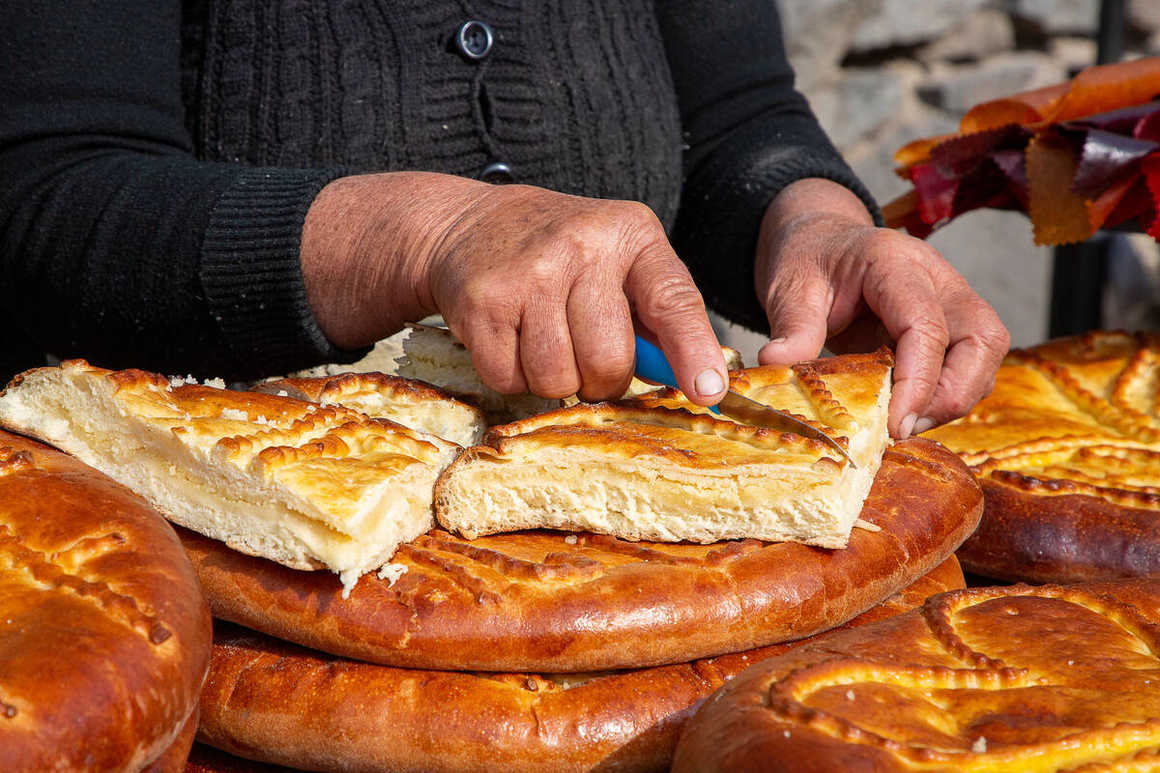
Staying safe with food and drink while travelling
Where and what to eat and drink - understand cultural norms around food
If you’re eating out, choose places where locals eat - it’s usually a sign that the food is fresher, safer and tastes good. A busy spot with a high turnover is another sign that the food and drink are OK there. As a rule, it’s a good idea to dodge raw foods like salads, unless you’re sure they’re safe. Undercooked food is a massive alarm bell and should be completely avoided. If you’re travelling with a guide, they should be able to tell you the best places to eat, so pay attention and take their advice!
How to be polite about turning food down
It’s okay to decline food if you're unsure about its safety - just be respectful. A friendly smile and a phrase like “I’m full” or “I have a sensitive stomach” can go a long way. If you’re concerned about this, you could learn a few polite refusals in the local language to help navigate situations with kindness and grace.
What to do if you get food poisoning
We know that with some types of food poisoning, keeping anything in can be nigh on impossible. But try to stay hydrated with bottled or purified water and consider oral rehydration salts. Rest and avoid solid food for 24 hours to help your body recover. Gradually reintroduce bland foods. You should seek medical attention if symptoms are severe or persist beyond a day or two. Pack basic meds like antidiarrheals and rehydration tabs in your first aid travel kit.
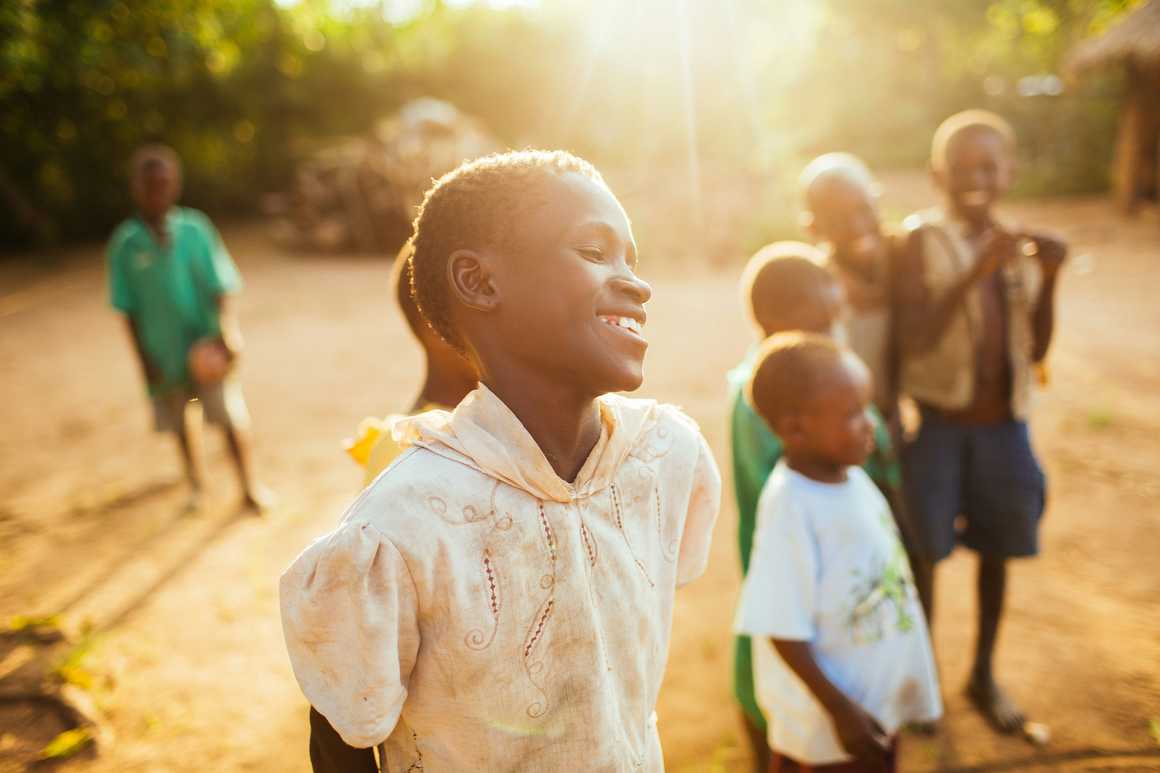
Protecting your safety with cultural awareness when travelling
Many of you who plan to take an adventure will know to expect cultural differences between your destination and your home country. But there’s a difference between knowing to expect them and understanding, in detail, what those differences might be, how you can plan to be respectful, and stay safer in the process. We break some of these down here.
How to dress
More research here, guys: study any dress codes applicable in your destination(s) to avoid unwanted attention or offending cultural norms. You may find in many places, modest clothing - covering shoulders, knees, or hair - is customary, especially at religious sites. If you’re worried about getting too hot, wearing light, thin layers will help you stay cool. Dressing appropriately shows cultural respect and helps you blend in more safely.
Body language and gestures
It might not be something that springs to mind when you think of safe travelling guidelines, but having an awareness of body language cultural norms when away from home makes you a more intelligent traveller. Gestures vary widely - for example, a thumbs-up is friendly in the West but offensive in parts of the Middle East and Southeast Asia. Prolonged eye contact may seem confident in the US, but rude in Japan. Similarly, avoid pointing or using your left hand in countries such as Tanzania and Nepal. Do your research and use subtle, respectful body language to help you avoid misunderstandings.
Male/female cultural differences
This may not be big news to many of you, but some cultures have distinct social expectations for men and women. As a woman, you may be expected to cover more skin or avoid solo travel in certain regions, and men may be discouraged from speaking directly to local women. Always observe local customs to stay respectful and safe in new environments. If this doesn’t appeal to you, it’s best to find destinations that are more aligned with your ethics.
Being respectful
Respect comes in many forms - think - removing shoes before entering certain buildings. Each country has its quirks when it comes to etiquette, and these can be super varied. Some random examples include stepping on currency in India, which is highly insulting or touching someone’s head in Buddhist cultures - a part of the body deemed sacred - is a big no-no. Learning key customs and phrases in the local language of your destination can go a long way toward ensuring your safety travelling in unfamiliar places.

Travel safety tips before you leave
We think we’ve probably given you plenty of tips for safe travelling and also ideas for what to research before setting off. We know most people going on an adventure will have a travel checklist too. But here are some last nuggets of wisdom to think about while still at home.
What to pack
This seems like a no brainer, but you’d be surprised at how many people use guesswork for what to pack for their destination. If you’re travelling to cold climates or high altitudes, thermal layers and insulated gear are essential. Conversely, breathable, sun-protective clothing is what you’ll need for hot weather. Consult your travel company if you’re embarking on an adventure trip - they will help you with any specific gear you need. A compact first aid kit, sturdy footwear, a headlamp, and a reusable water bottle are handy and sensible items to include. Power banks keep your tech charged, and waterproof pouches protect electronics, especially in remote or rugged areas.
Making digital and physical copies of important documents
Scan or take photos of your passport, travel insurance, any visas, and itineraries and save them to a secure cloud or encrypted device that you can access, if needed, while you’re away. It’s also worth having printed copies in the unfortunate event of being lost or stolen. Give copies to friends or family as well - hopefully, they’ll never need them, but having someone who can help from afar if you’re isolated is a comforting thought. Having backups helps speed up replacements and provides peace of mind during emergencies or interactions with local authorities.
Learn some basic phrases
For every section above, knowing key phrases such as “help,” “I need a doctor,” or “how do I find…” in the local language can be a lifesaver. Learn greetings and polite phrases too - it shows respect and builds trust. Translation apps are great, but are reliant on having data, internet service or even your device being charged. Keeping a little book with them written down is a little travel tip we guarantee will come in handy.
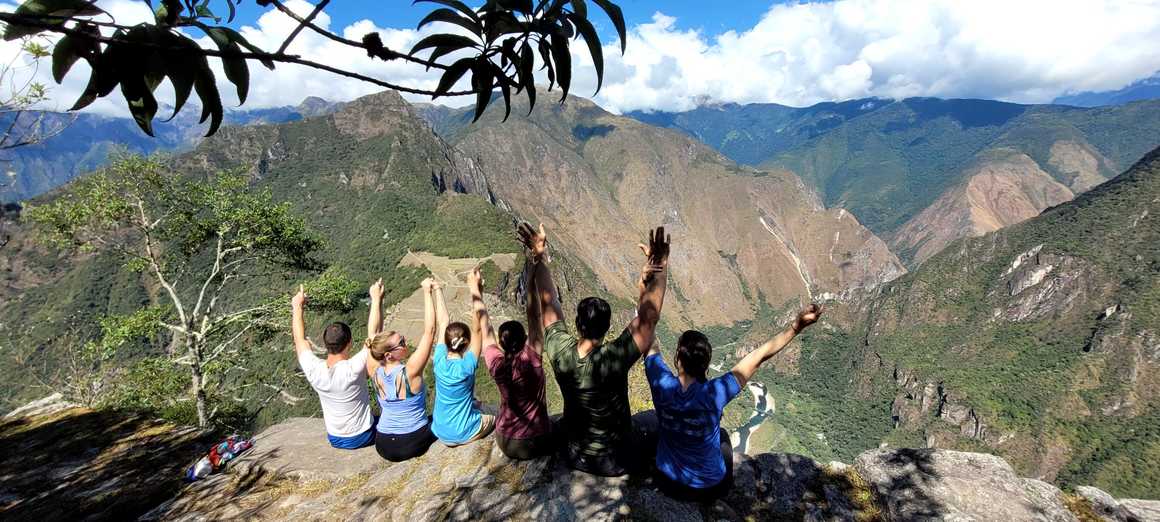
Stay safe while travelling with Kandoo
We take all our adventurers' safety seriously. We want you to have fun and be bold while also taking care of your physical and mental health. Our guides are experts in their field, and we take every step to make sure you feel like you’re in the best hands when you book a travel adventure with us. Whether you’re looking for group travel, need some advice about staying safe while travelling or thinking of including an adventure trip in your travel plans, Kandoo are on your side.
